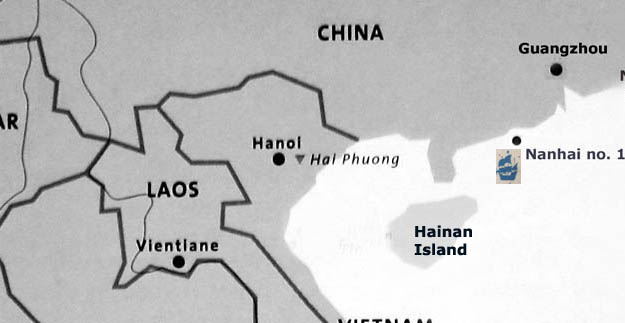 |
|
|
Location of wreck |
Ceramics
from Nanhai
1 shipwreck
In 1987 a team from UK Maritime Exploration & Recoveries PLC stumbled across a Chinese merchant shipwreck while searching for the wreck of the 18th Century ship Rhynsburg in the South China sea in the region near Haining Island (海陵岛) of Guangdong Province. The ship named Nanhai One (南海一號) measured about 30m in length and was buried in silt. About 200 pieces of porcelain were recovered, together with Song coins, about 130 kilos of silver bars, a brass kettle and a gold waist chain.
The Chinese authority decided to put on hold the salvage operation as at the point of time the Chinese still lack the underwater archaeology capability. Since then, the Chinese has built up an underwater archaeology team which made some exploratory work on the wreck from 2001 onward. In March 2003, they opened a window and entered a little cabin of the ship. More than 4,000 delicate porcelains were found in a cupboard. It is estimated there are about 60,000 to 80,000 items onboard.
 |
|
|
Location of wreck |
The main body of Nanhai 1 is pretty well preserved, and could yield critical information on ancient Chinese ship building and navigation technologies. In view of the importance of the wreck, a decision was made to preserve the wreck and house it in a museum in Yangjang opposite Haining Island. In 2007, the ship encased in a large cage together with the silt, was raised and placed in a pool-called the "Crystal Palace" in the museum . It has the same water quality, temperature and environment as the spot in which the wreck was discovered. Chinese archaeologists said that they would be cautious about removing the ship's covering of mud. Opening it rashly could lead to the destruction of the ship and its contents. Research and recovery of the artifacts is expected to take many more years.
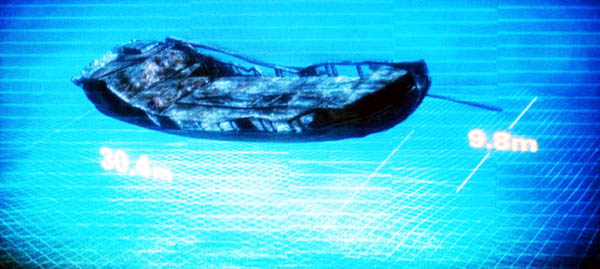 |
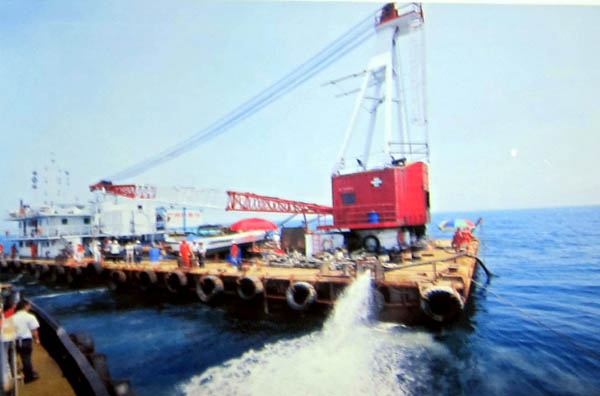 |
|
Sketch of the wreck |
Wreck encased in cage being transported |
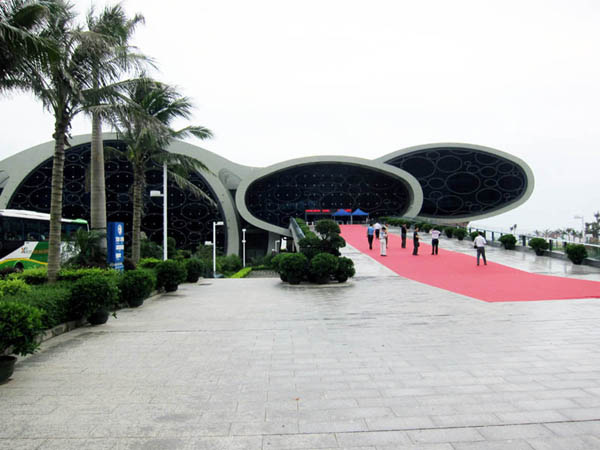 |
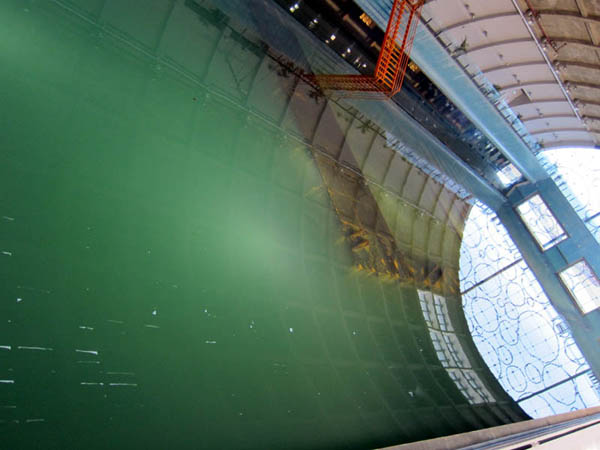 |
| Nanhai 1 Museum | The pool that housed the wreck |
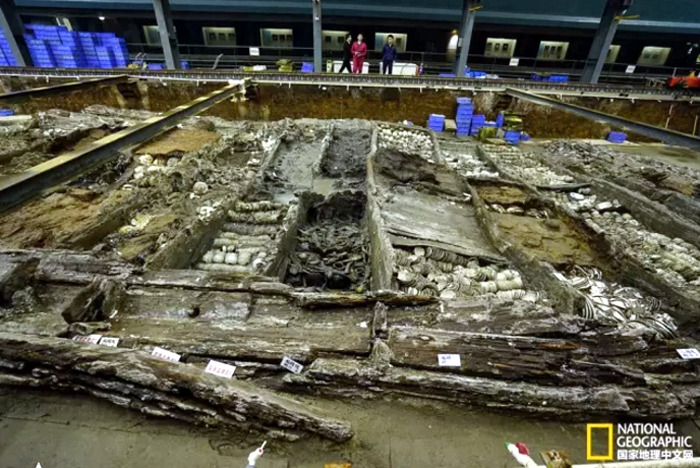
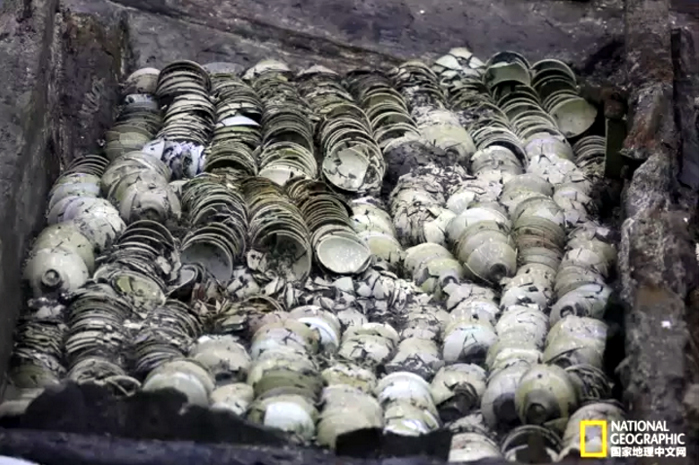
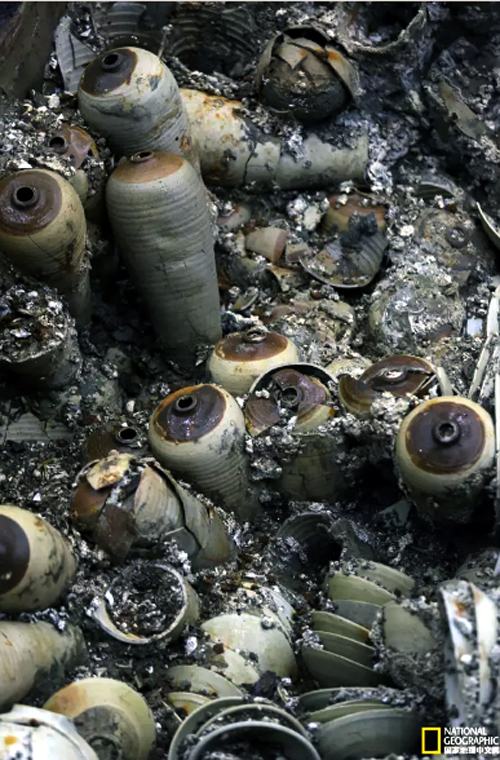
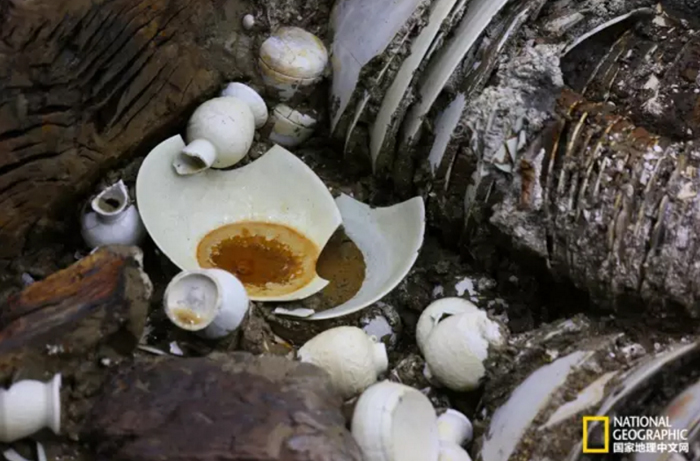
Ceramics in the wreck
More than 10,000 copper coins were recovered from the wreck, the latest are those with the chunxi yuanbao (淳熙元宝) mark. Chunxi was a reign mark used by emperor Xiao Zong (孝宗) during the period 1174 - 1189 A.D. Based on kiln archaeological excavatons and studies, the types of Longquan and Jingdezhen porcelains found in the wreck were known to be produced during the 1150 to 1200 A.D time frame. Hence, they are good references to determine the date of the wreck. The accuracy of this dating is further substantiated and can be further narrowed down to 1180s after the discovery in 2018 among the cargo a Dehua white glaze jarlet with ink inscription on the base with the cyclical dating of Gui mao (癸卯), i.e. equivalent 1183 A.D.
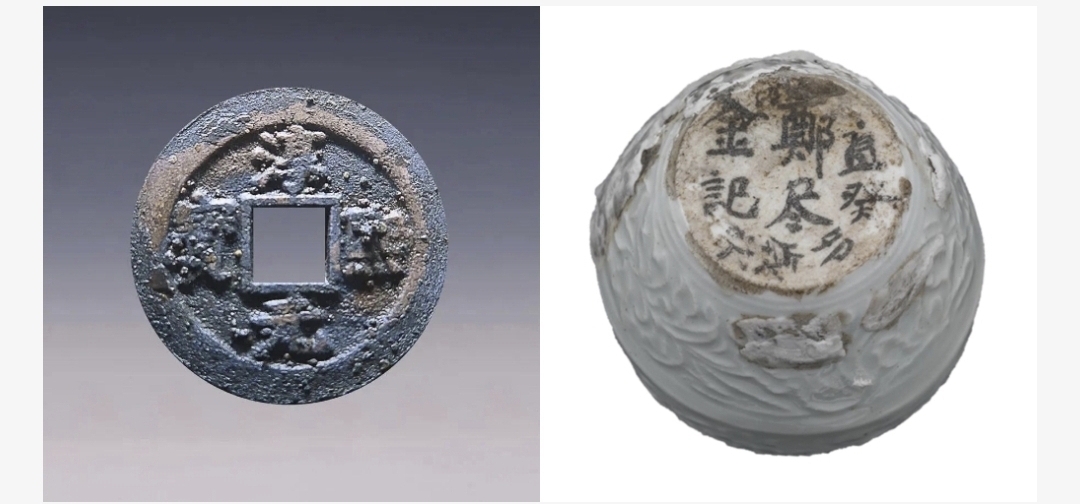 |
| Copper coin with the chunxi yuanbao (淳熙元宝) mark and Dehua jarlet with ink inscription which mentioned the cyclical dating gui mao (癸卯) |
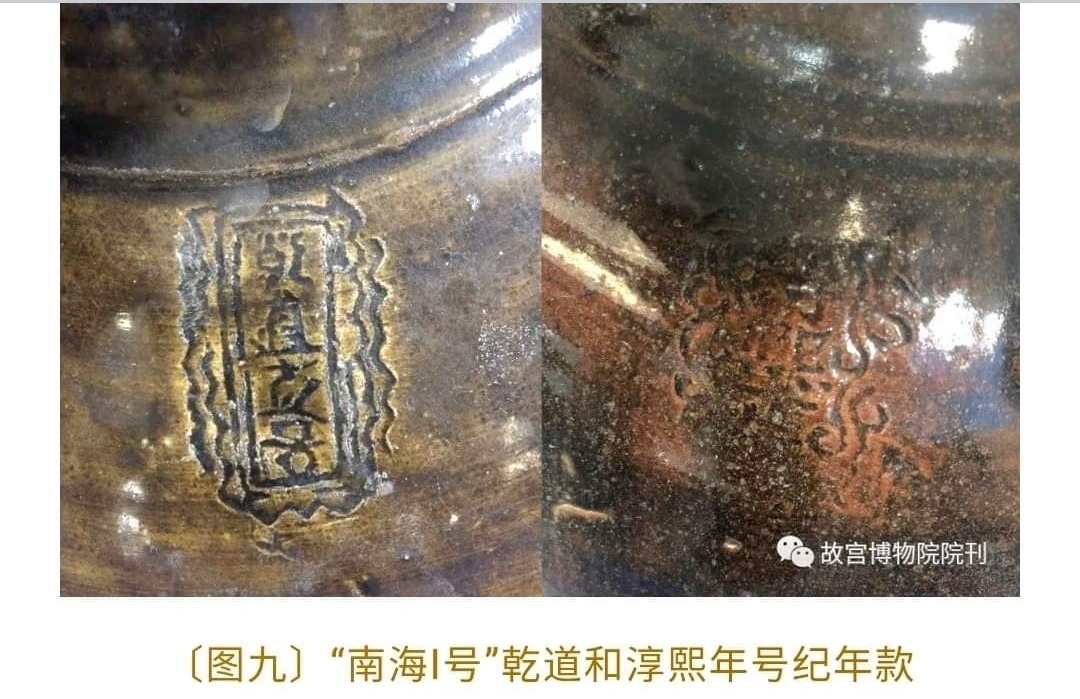 |
|
| Guangdong Jars with the stamped reign mark such as 乾道(1165- 1173 A.D)and 淳熙十年 (1183 A.D) |
The mix of porcelains recovered bascially mirrored those found to have been exported to the Southeast Asian region. Besides Qingbai from Jingdezhen and Longquan celadon, most of the other items originated from Fujian Province. By Southern Song period, kilns from Fujian replaced Guangdong as the most important coastal production centre. It owed its good fortune to the shifting of main port of exit from Guangzhou to Quanzhou. The kiln operators capitalised on their proximity to Quanzhou port to supply porcelain wares for the overseas market. In the wreck, large amount of porcelains from kilns such as Dehua, Cizao in Quanzhou and Mingqing were recovered. .At this point of history of Chinese export ware, Longquan has also replaced Yue as the main source of quality green ware and Jingdezhen qingbai as a substitute for Northern China white ware. Together, they constitued the 3 pillars of export wares which lasted till Yuan period.
Longquan celadon wares
Most of the Longquan celadon found were bowls with carved lotus or stylised floral motif. They were also found in the Jepara shipwreck from Indonesia and dated also to the Southern Song period. These were popular with the consumers from Southeast Asia and found in sizeable quantity from graves and ancient habitation sites.The glaze is transparent and the fact that no Longquan wares with the thick, translucent glaze were found provides assurance of the early Southern song dating.
.jpg) |
| Group of Longquan celadon from Nanhai 1 wreck |
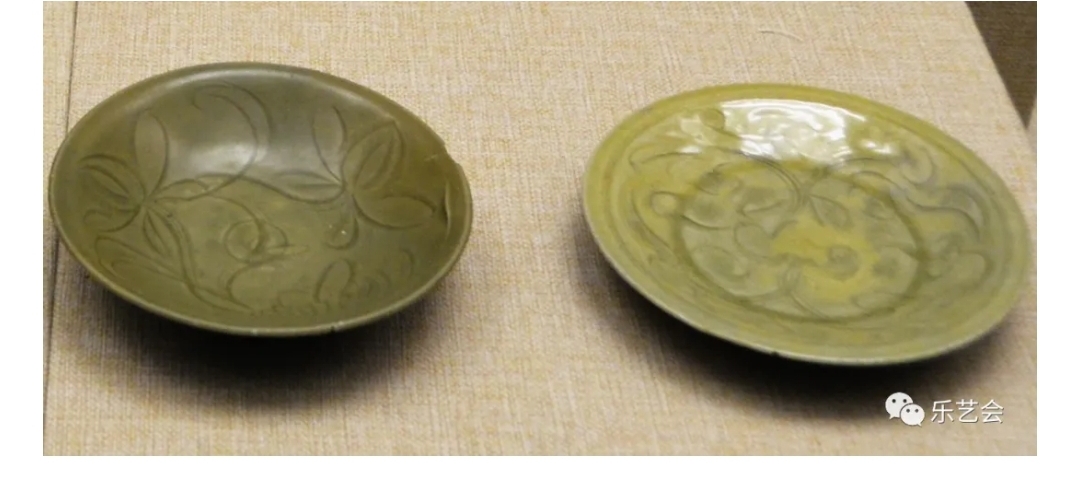 |
| Two Longquan celadon shallow bowls with carved floral decoration |
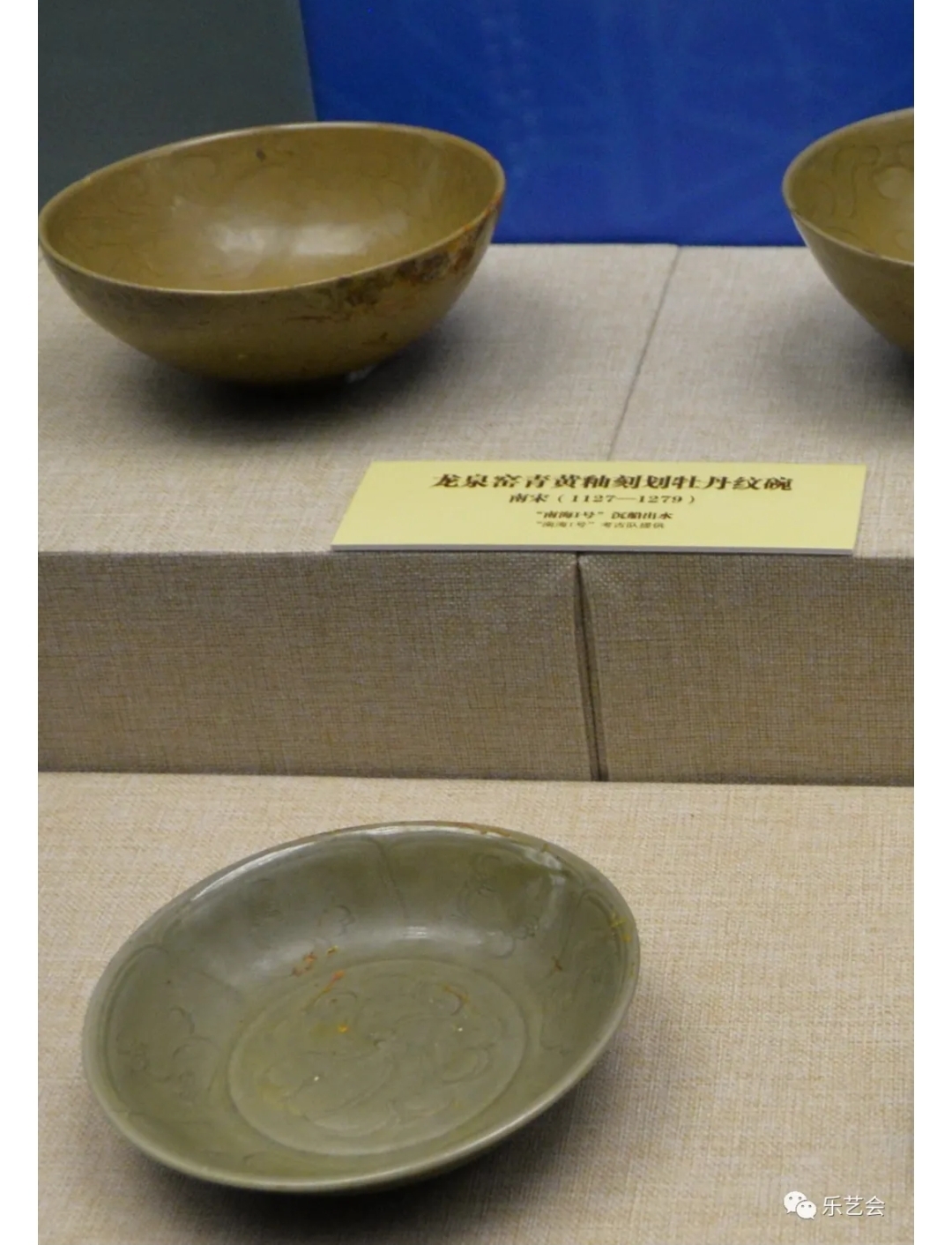 |
| Longquan bowl with abstract carved cloud decoration (Foreground) |
|
|
|
|
Longquan bowl with carved lotus motif |
|
|
|
|
|
Longquan bowl with carved stylised floral motif |
| Longquan Chrysanthemum petals shaped dish | |
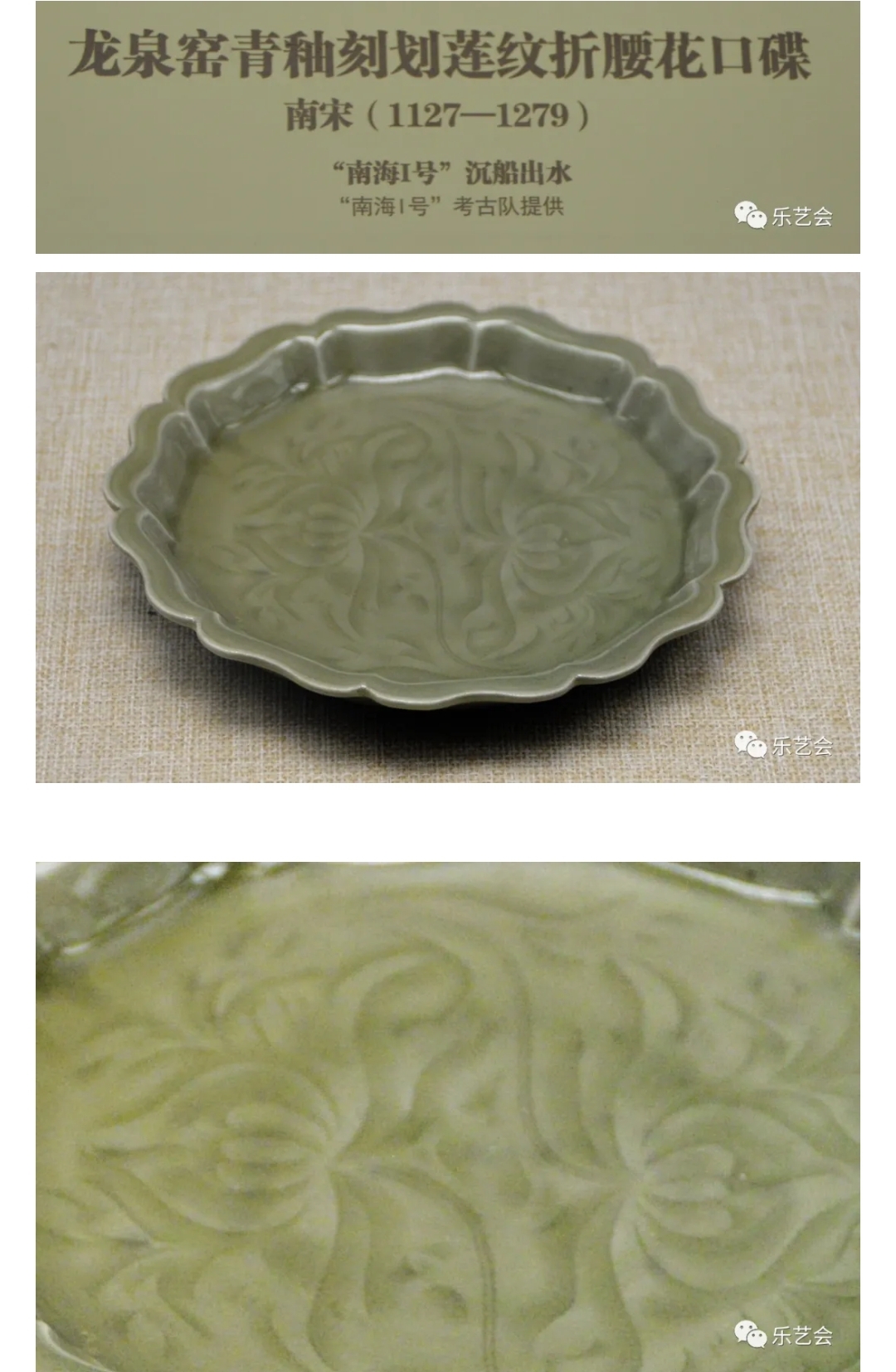 |
|
| Floral shaped dish with carved floral decoration |
Jingdezhen Qingbai wares
Jingdezhen qingbai wares found consisted of mainly bowls and dishes. There are finely potted and has a pleasing icy bluish tone. The decoration is either impressed or carved. Among those with carved decoration, there were a number with the popular infants among foliage motif.
|
|
|
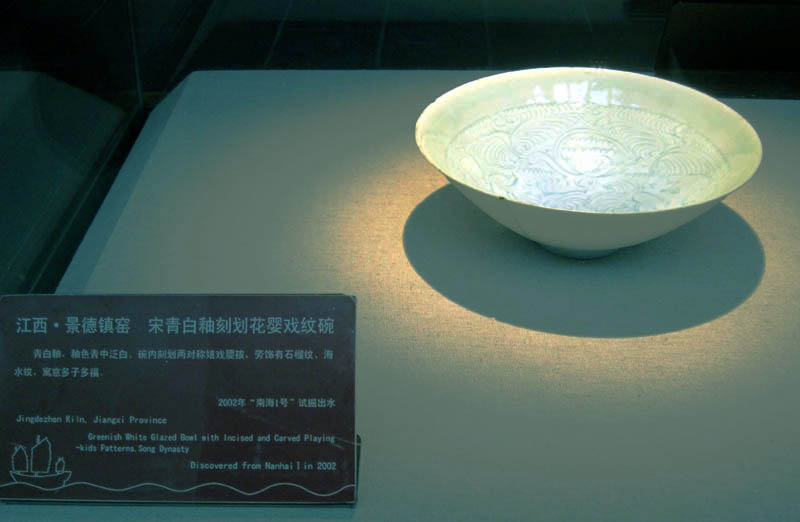 |
|
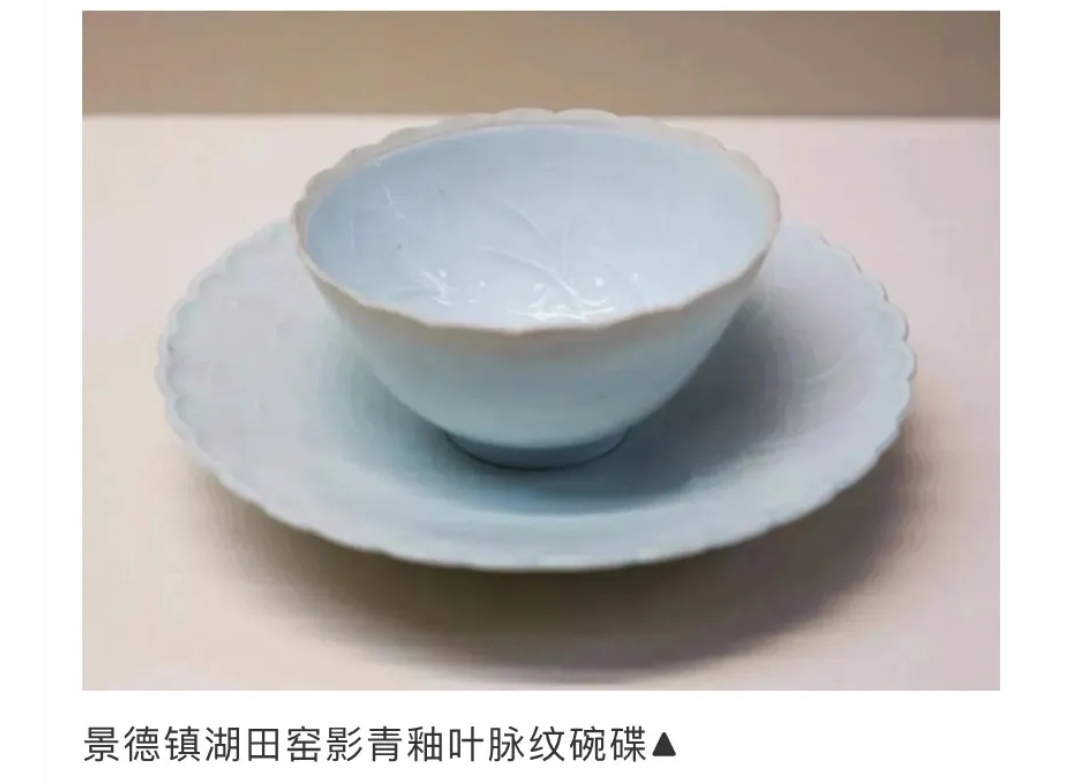 |
Fujian porcelain wares
Dehua white/qingbai wares constituted a high percentage of the ceramics finds. They consisted of mainly cover boxes, big bowls, small vases and jarlets and some ewers. The colour ranges from a very light bluish to white tone. Compared with the qingbai of Jingdezhen, they are of poorer quality and likely exported to cater to the demand of the lower end consumer market.
|
|
|
|
|
|
|
|
|
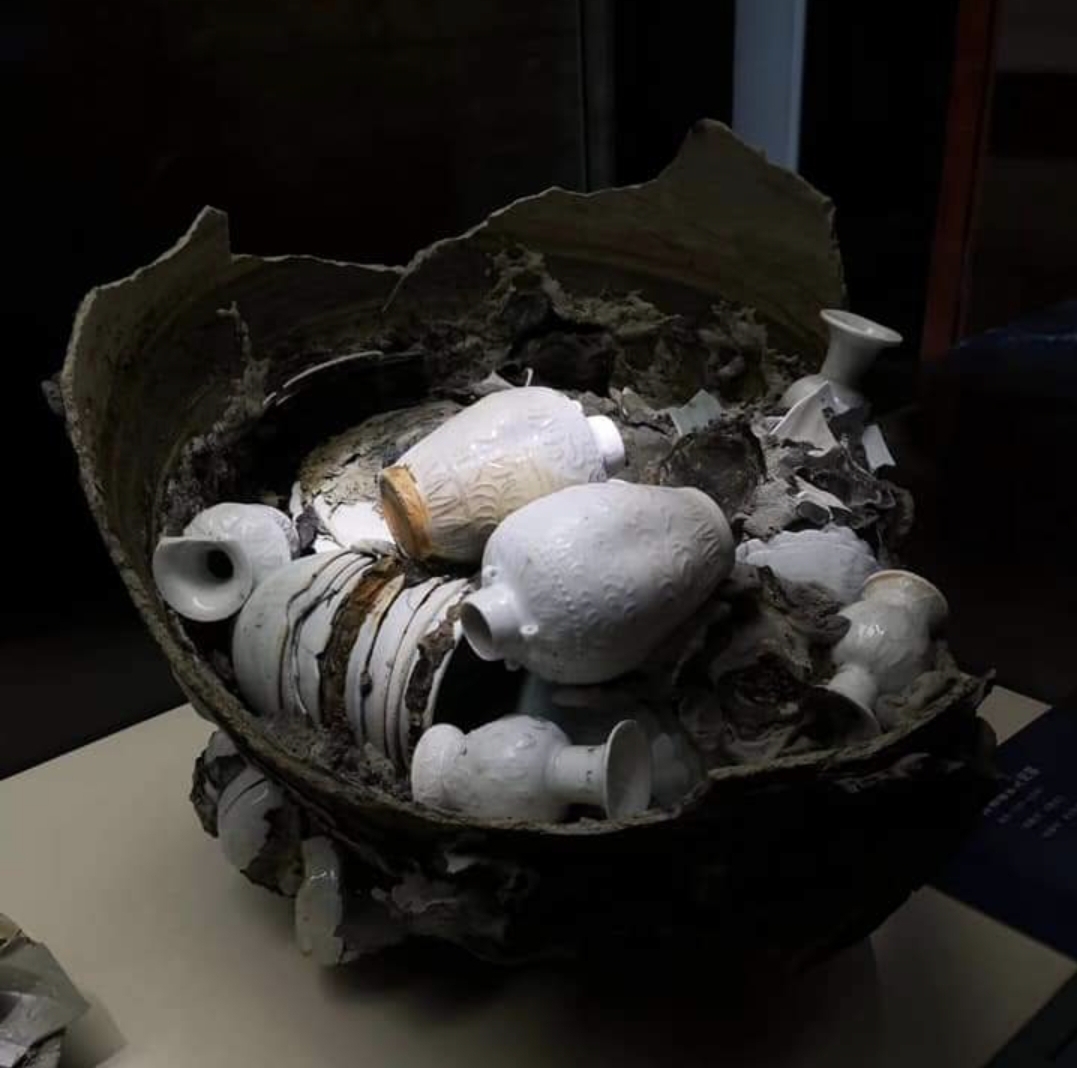 |
|
|
|
|
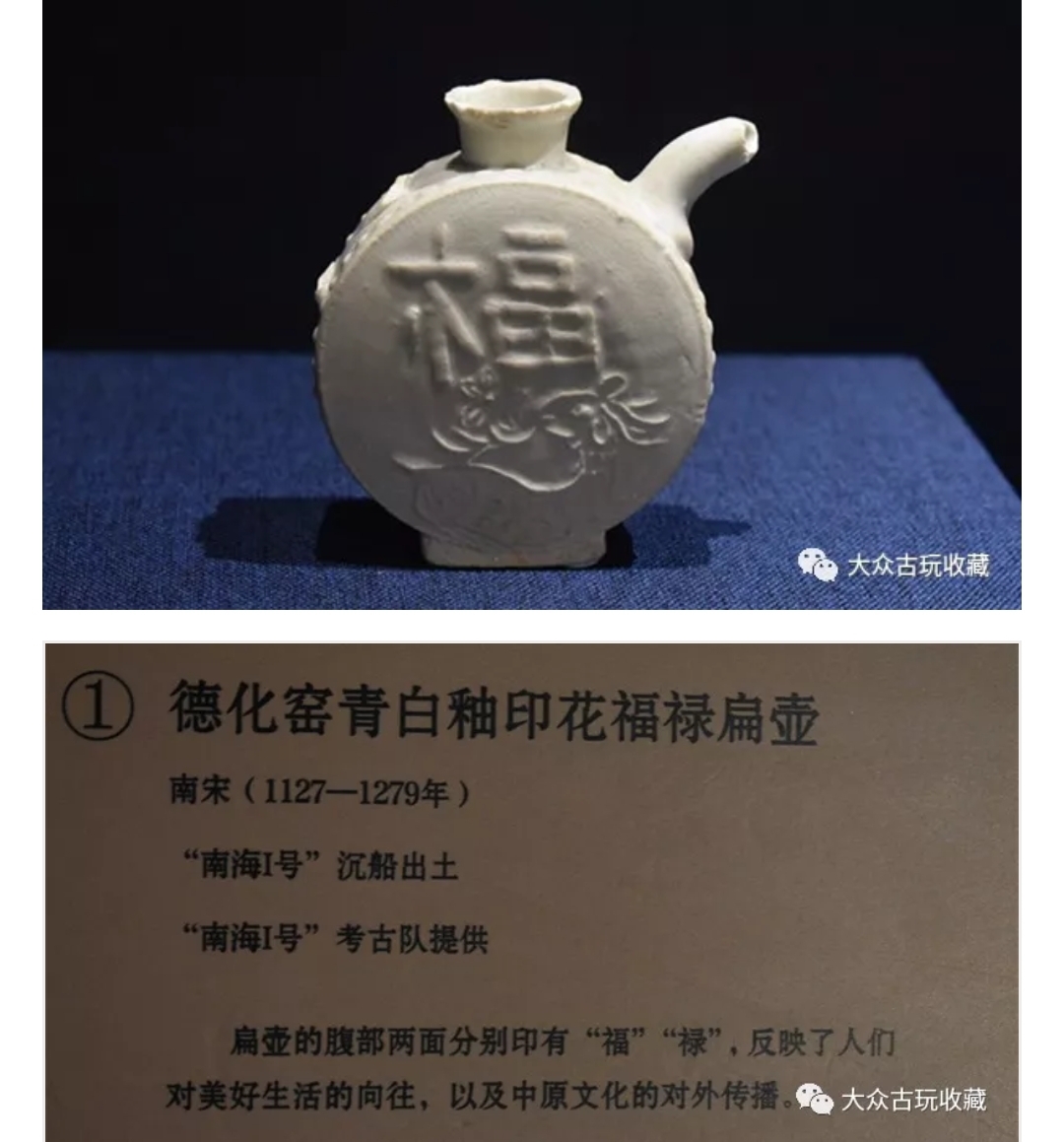 |
|
|
|
|
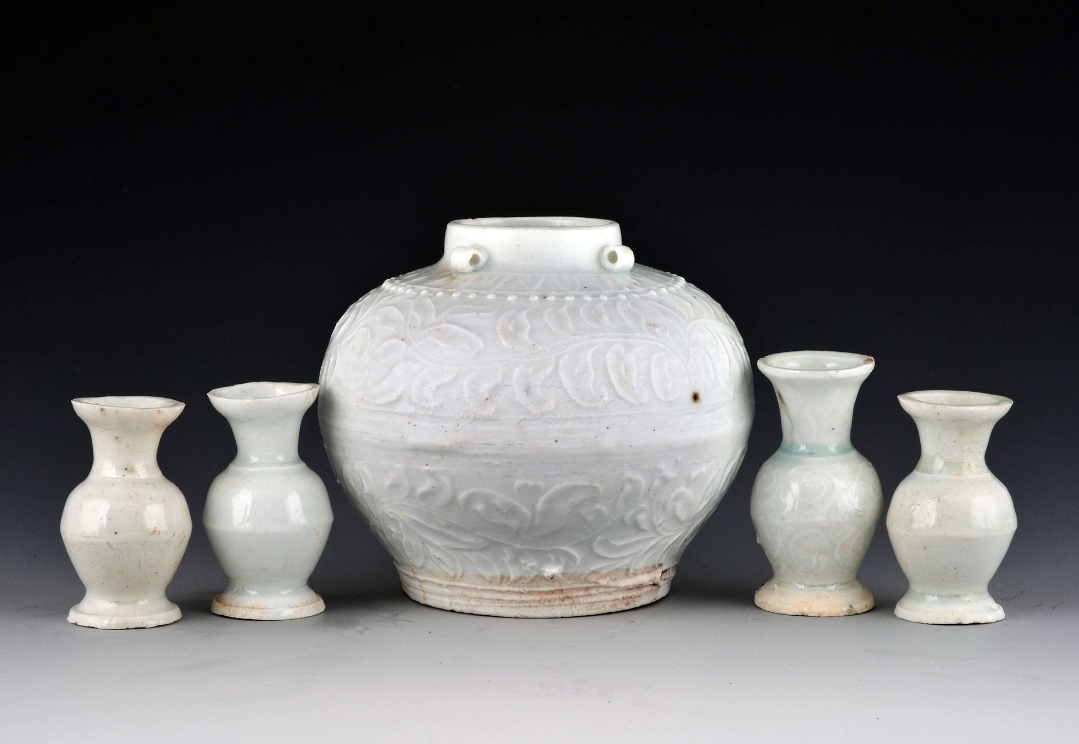 |
|
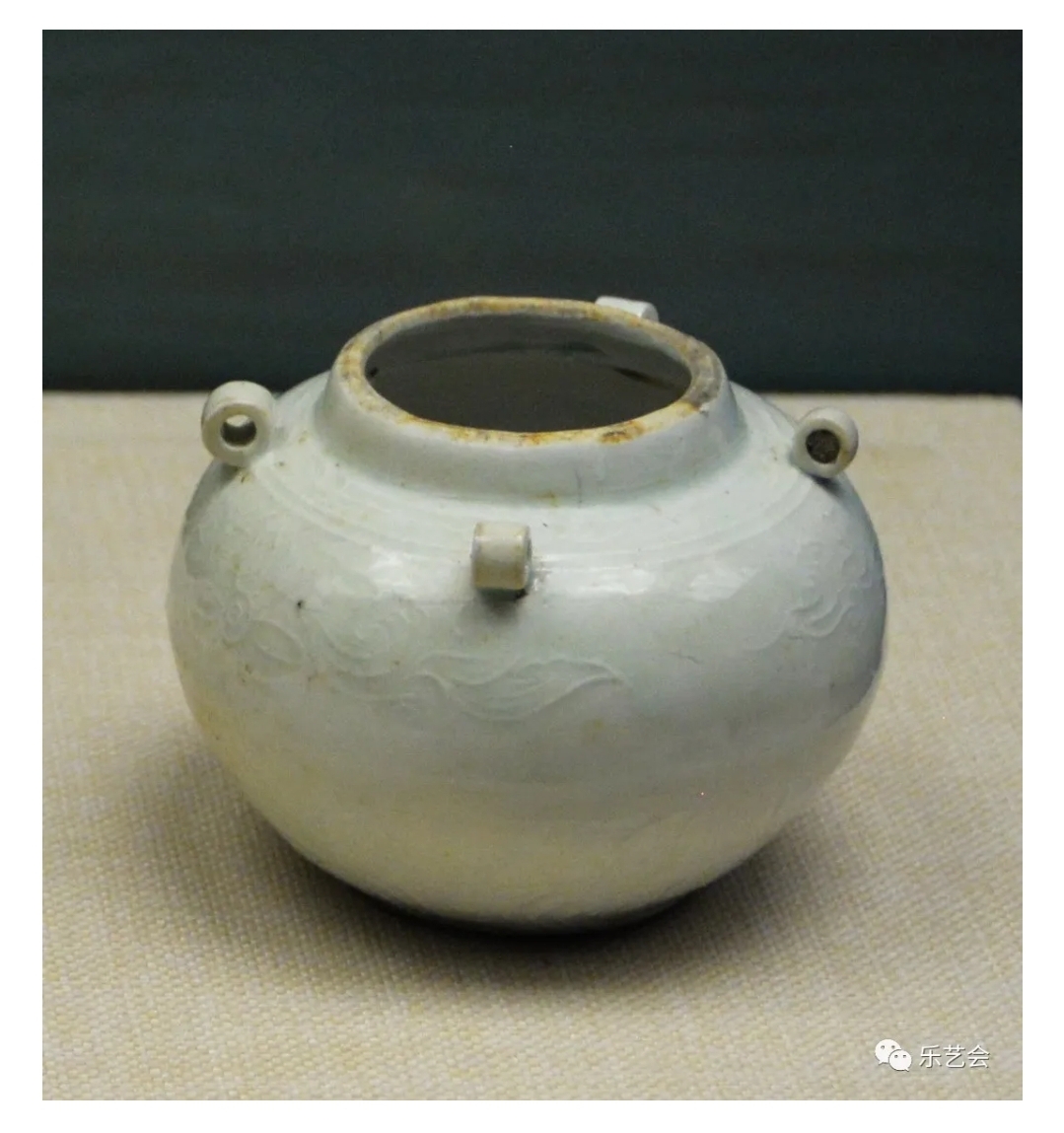 |
|
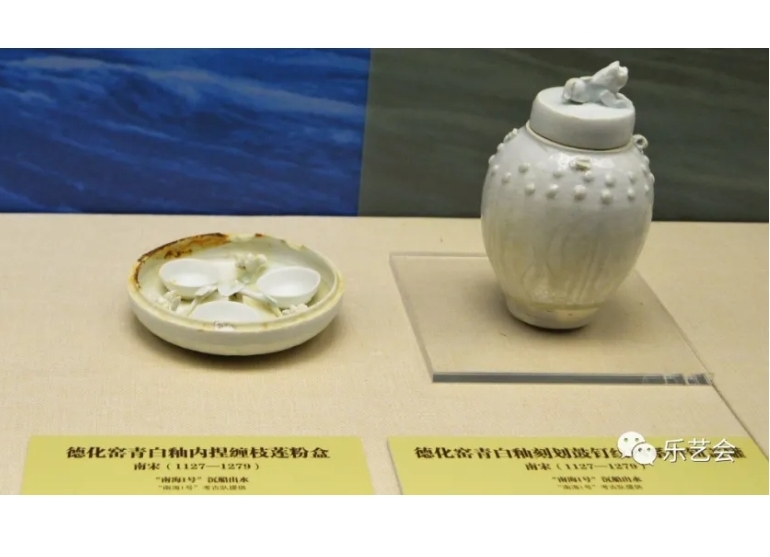 |
|
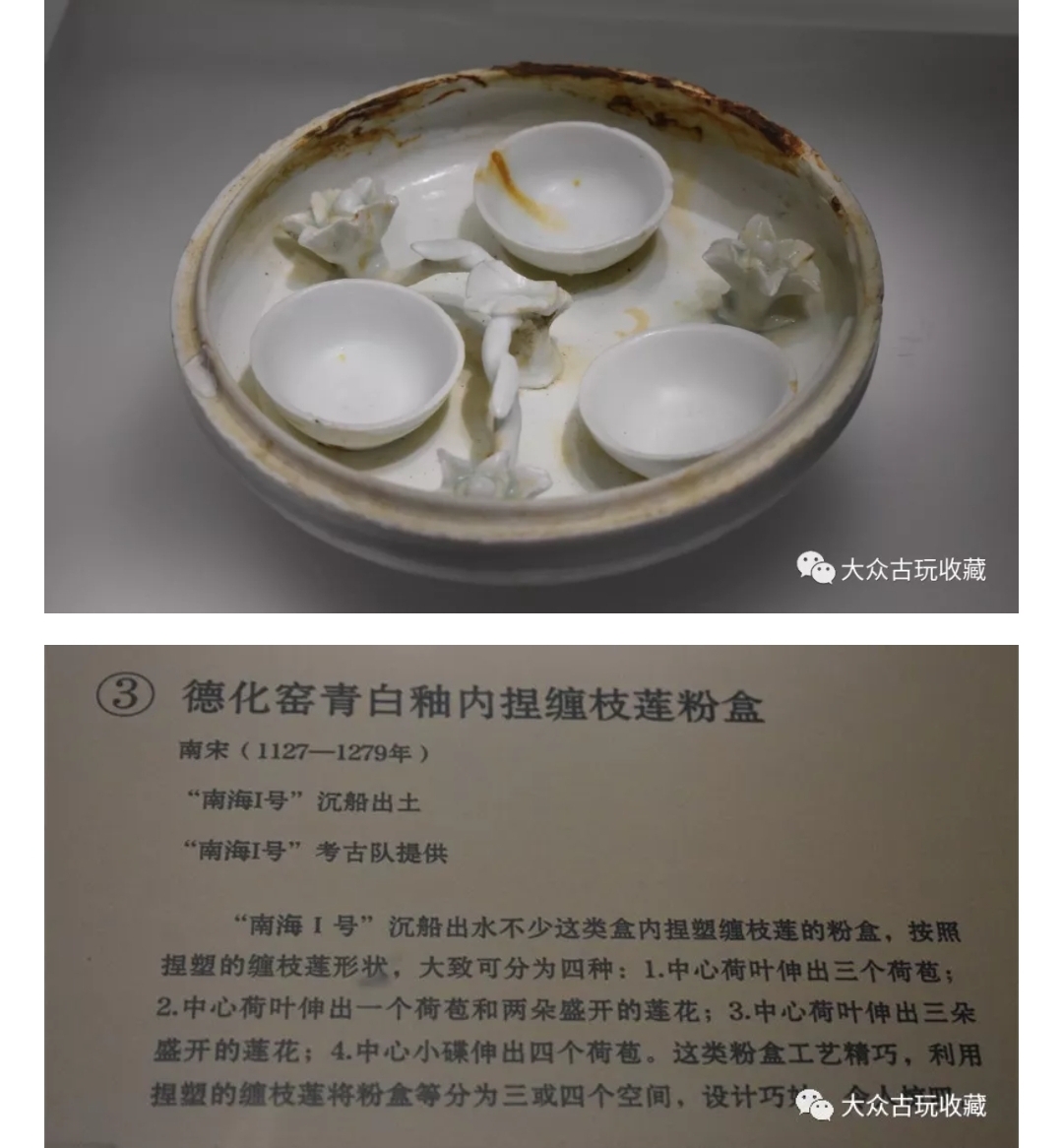 |
|
|
|
|
| Dehua Kendi with molded floral decoration | |
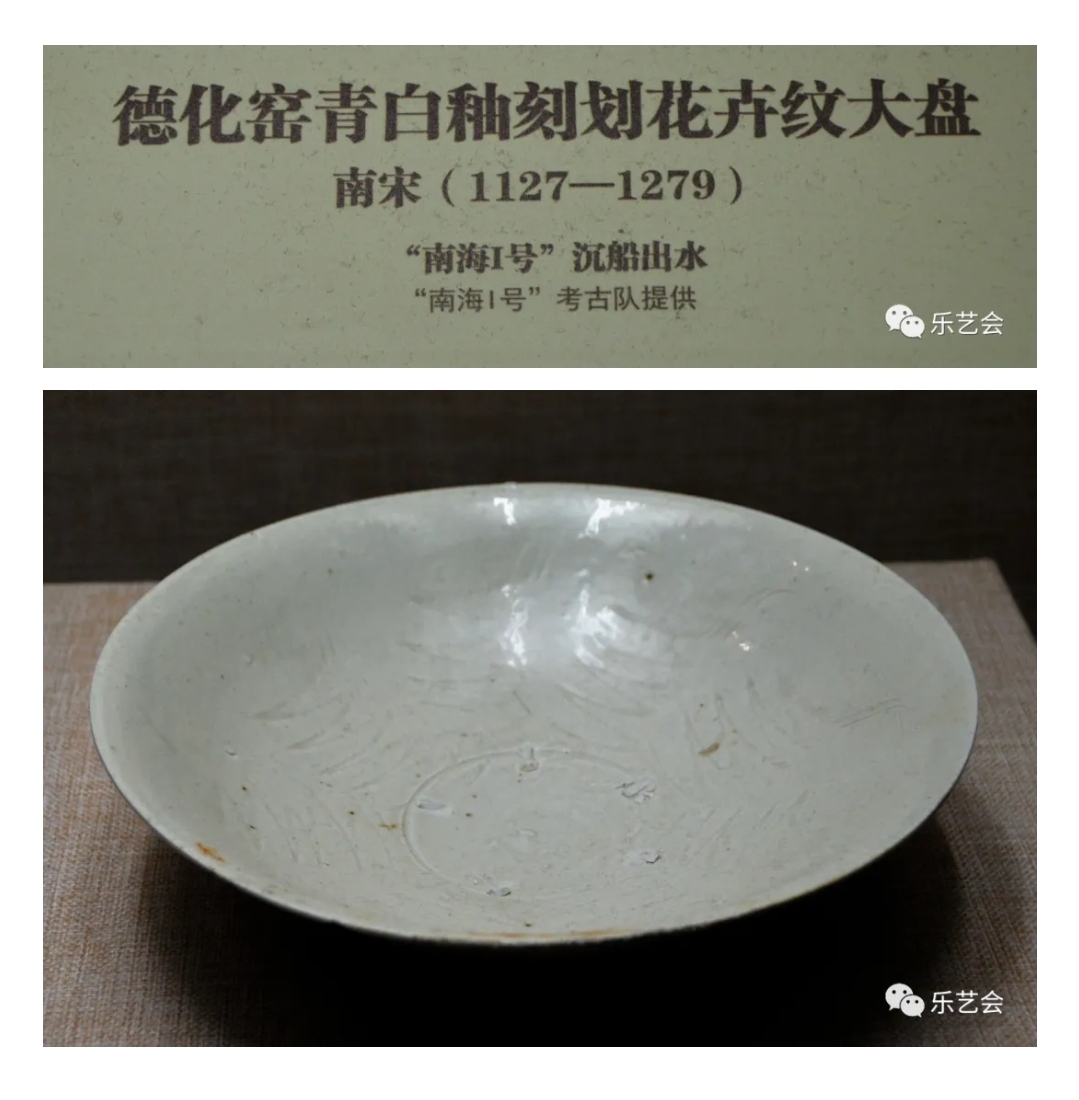 |
|
|
Dehua big bowls with carved floral motif |
|
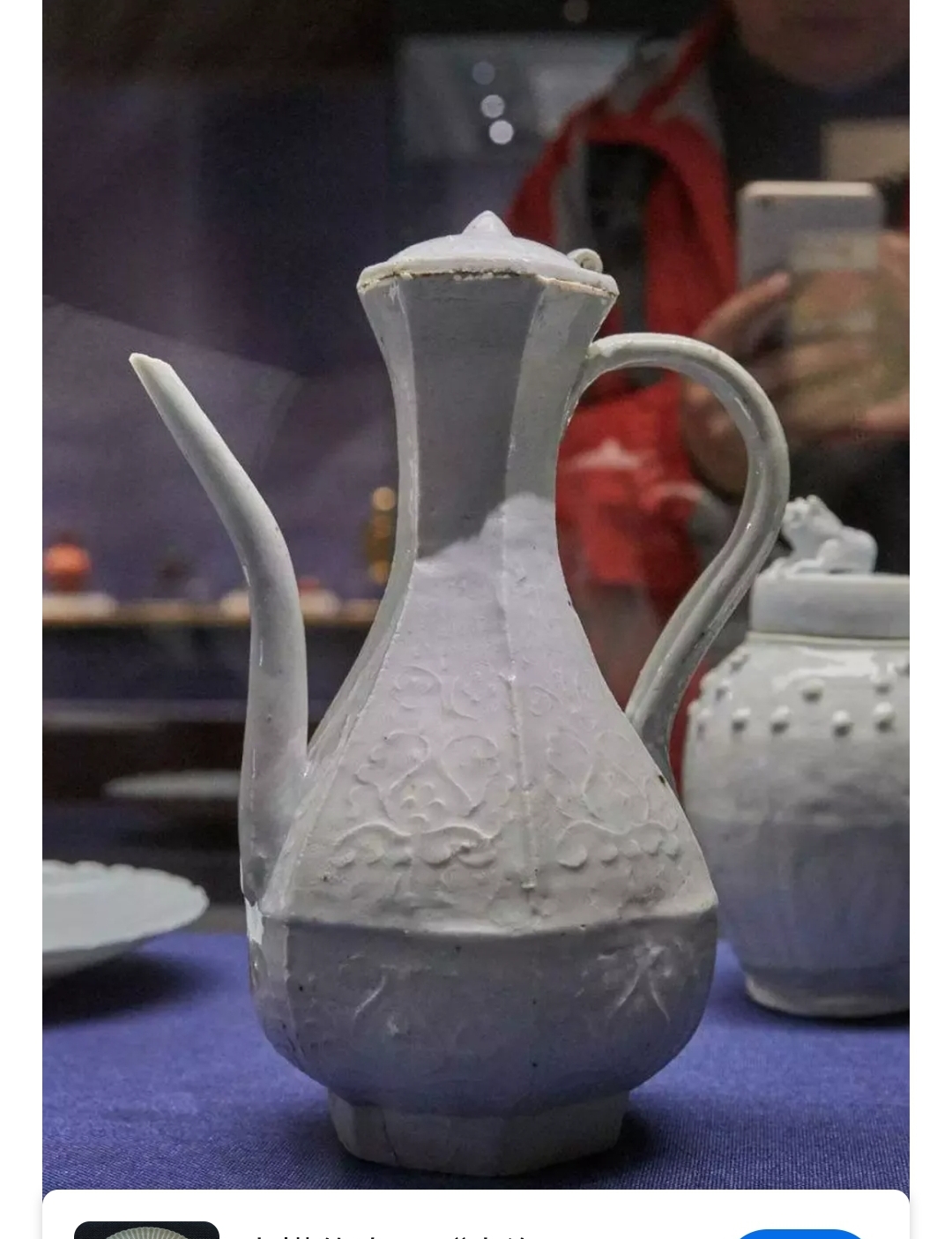 |
|
| Dehua ewer with moulded floral decoration |
Brown glaze and green/yellow lead-glazed porcelains from Quanzhou Cizao kiln were also among the artefacts recovered. Those brown glaze jars are found in large number in Southeast Asia. In the past, Guangdong kilns were the main suppliers of green/brown glaze jars, a highly demanded product.
|
|
|
|
|
|
|
|
|
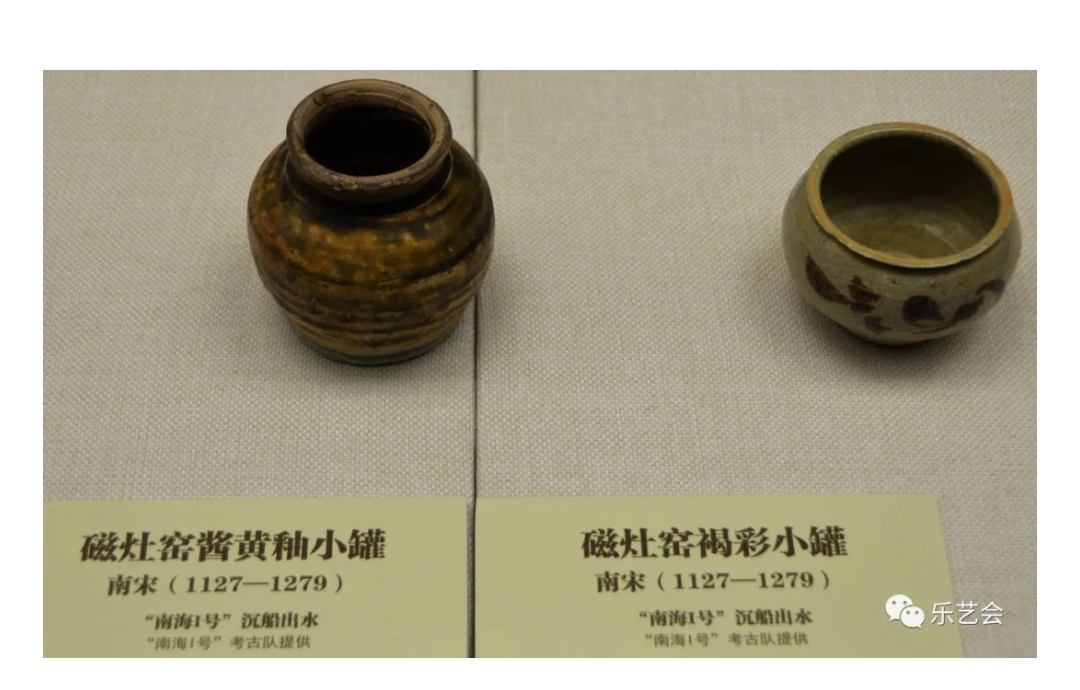 |
Vessels with green or yellow lead glaze constituted another important range of Cizao products. Among them, there are those with carved, molded or iron black painted decoration.
|
|
|
|
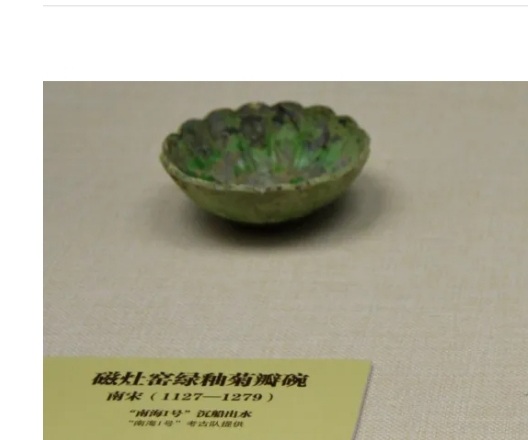 |
|
|
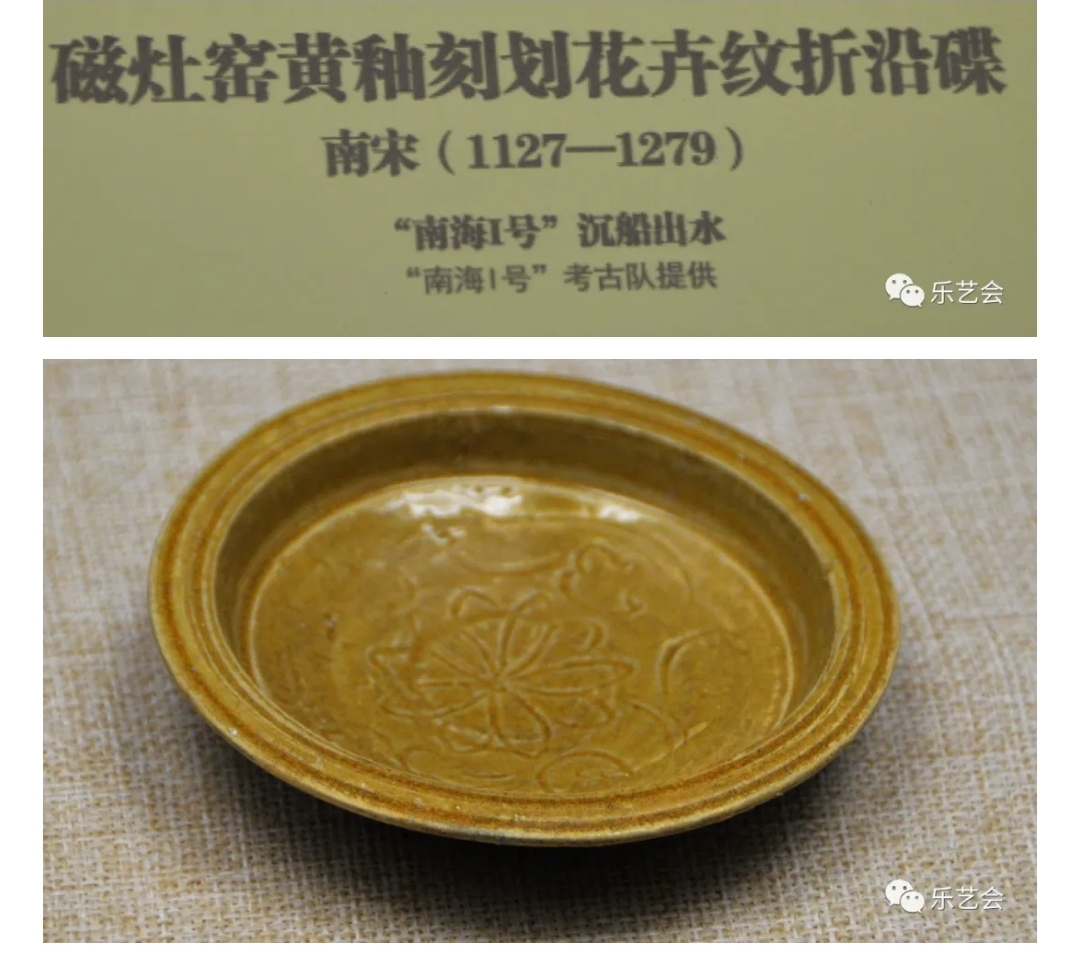 |
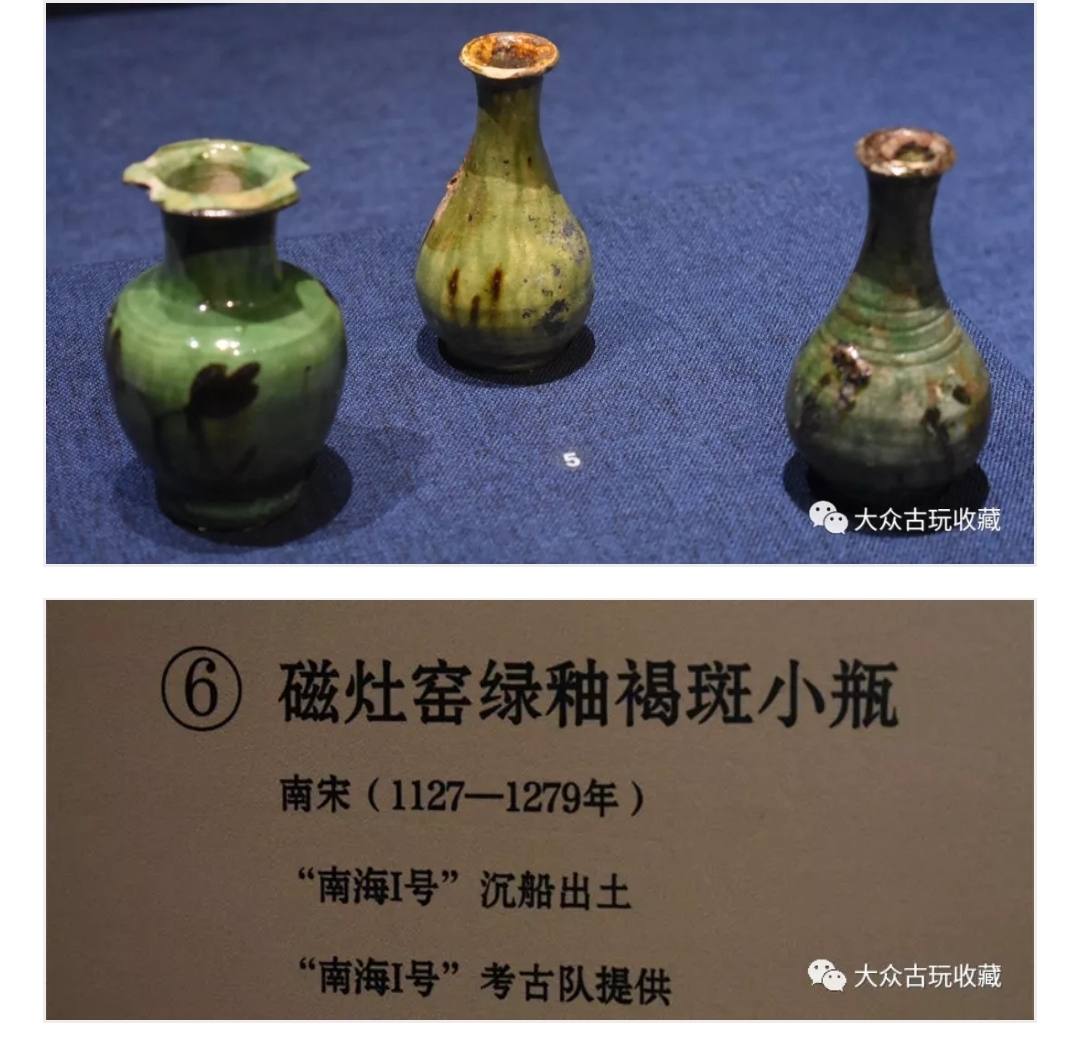 |
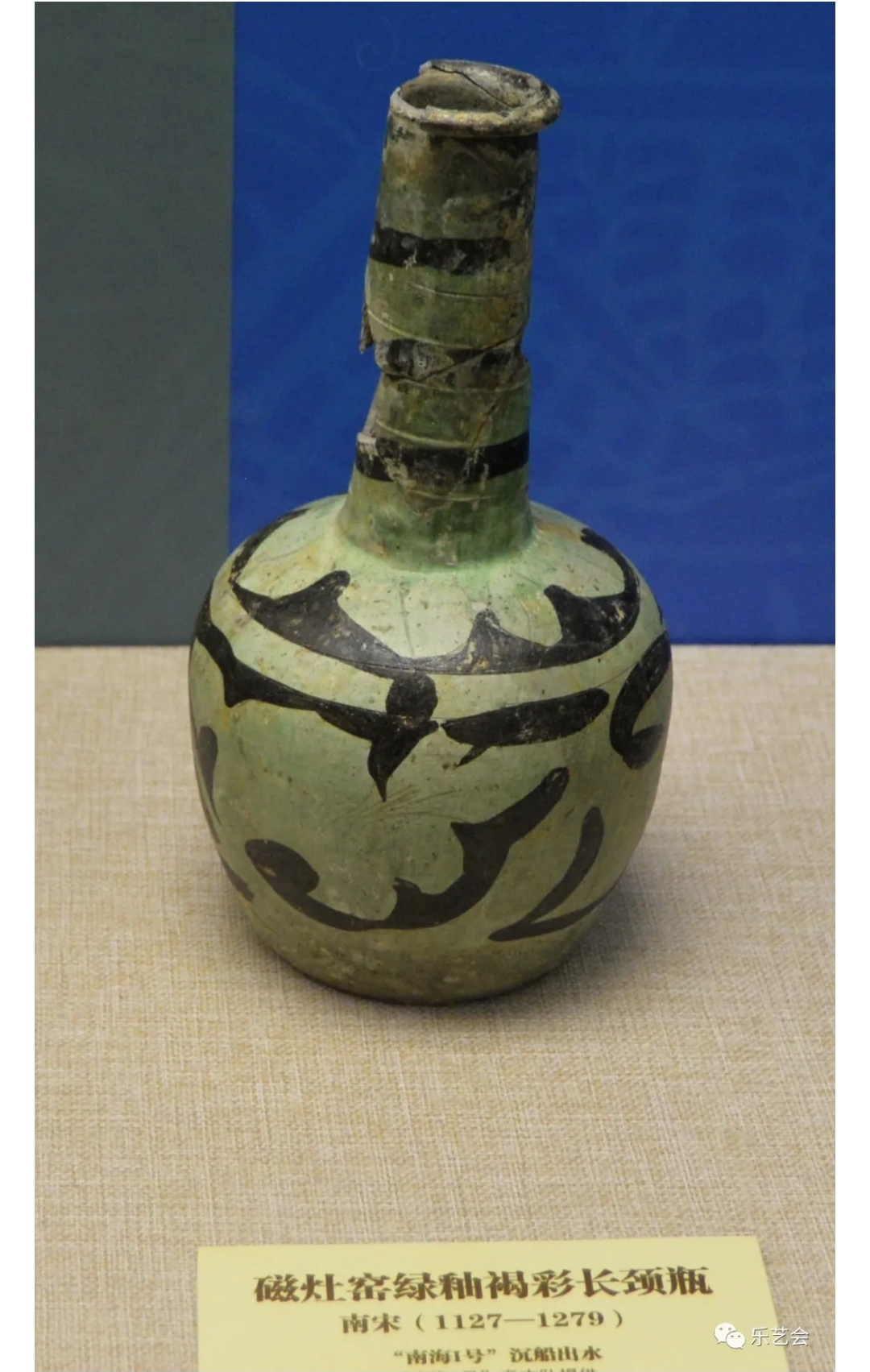 |
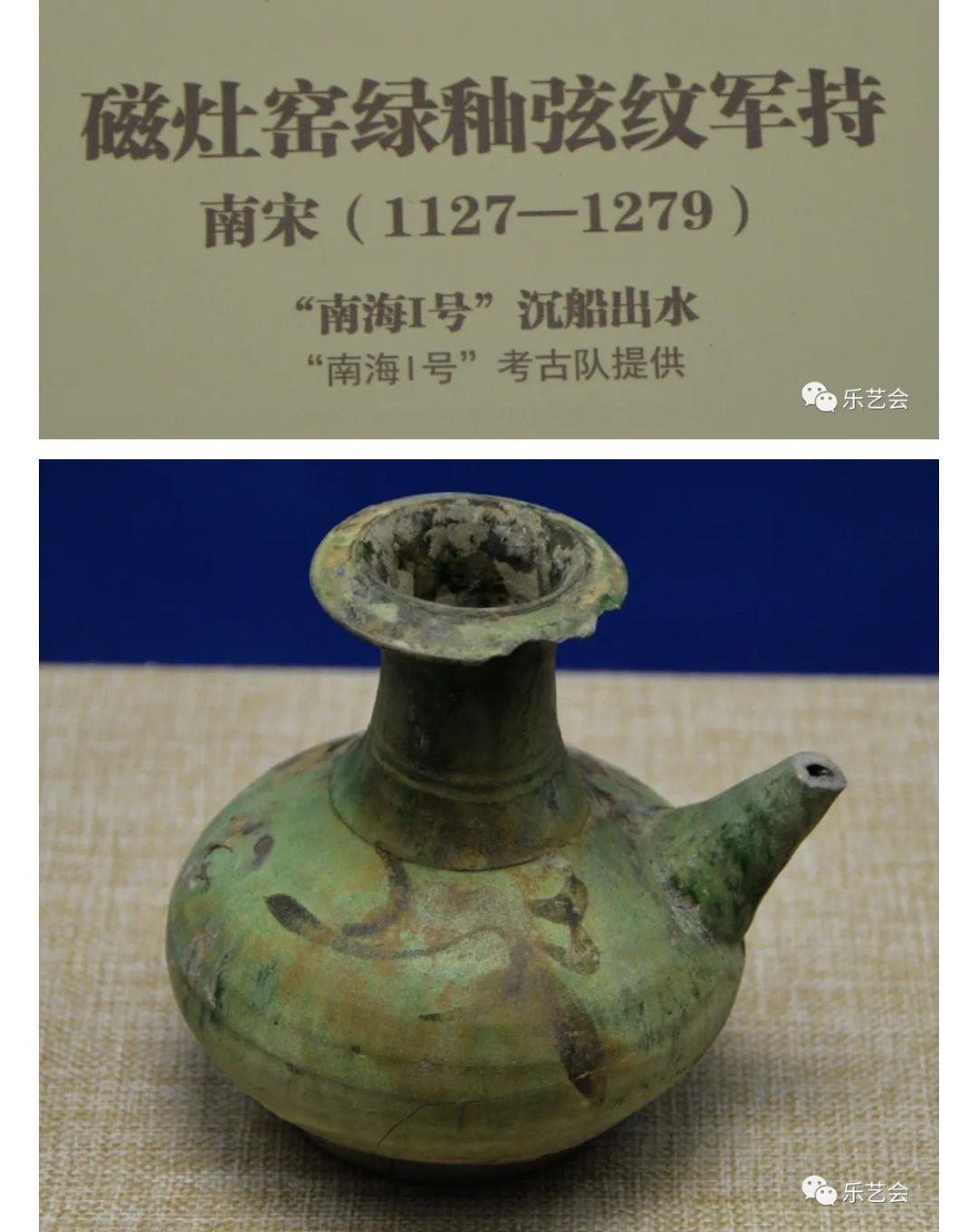 |
Besides the above, there was a stack of porcelain fragments, among them is the base of a celadon bowl. It is most likely also of Fujian origin. The motif could not been seen but are most likely carved and combed motif. They are usually yellowish and grayish green in colour and with unglaze footring which are more crudely form. Many of the the decoration are similar to those found on Longquan wares. Some likely examples could be found in the Jepara wreck.
Among the artefacts there are also bowls with carved floral motif and termed qingbai glaze . They have a grayish white or straw colour tone. One of the notable kilns in Fujian which produced such items was Minqing Yi kiln.
|
|
|
|
|
Guangdong Qishi and Wentou Ling Jars
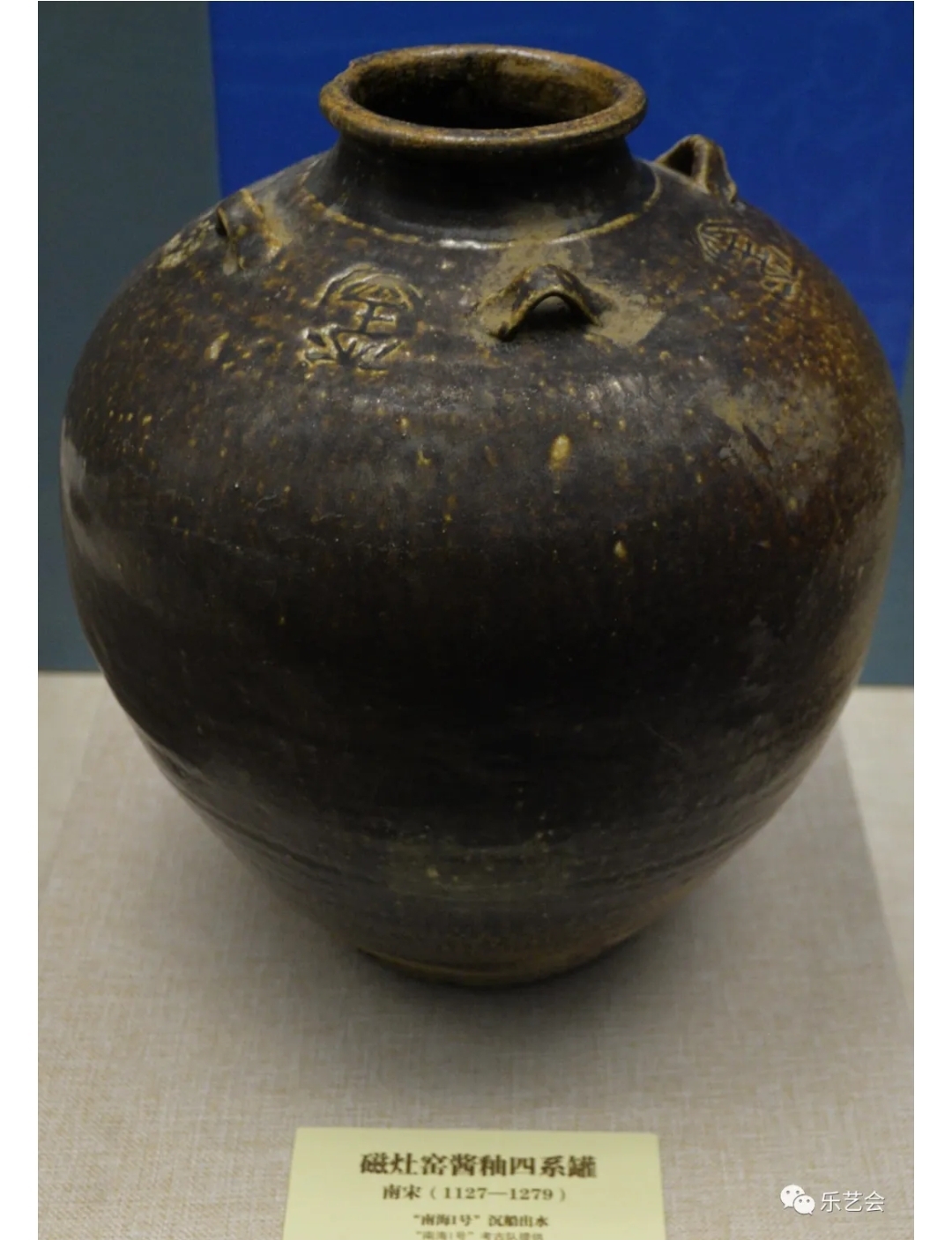 |
| Jar with stampled
mark王 character /lotus flower. Possibly from Fujian Cizao
kiln. |
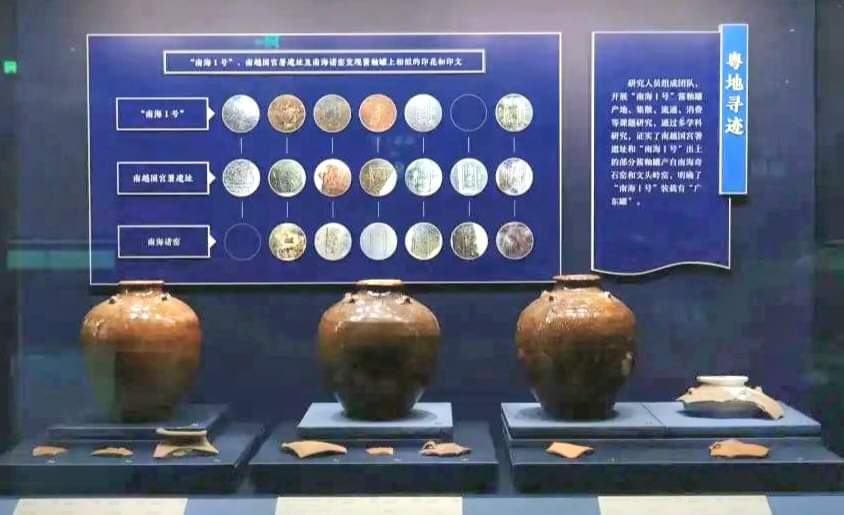 |
| Guangdong Qish/Wen Touling jars from Nanhai 1 wreck |
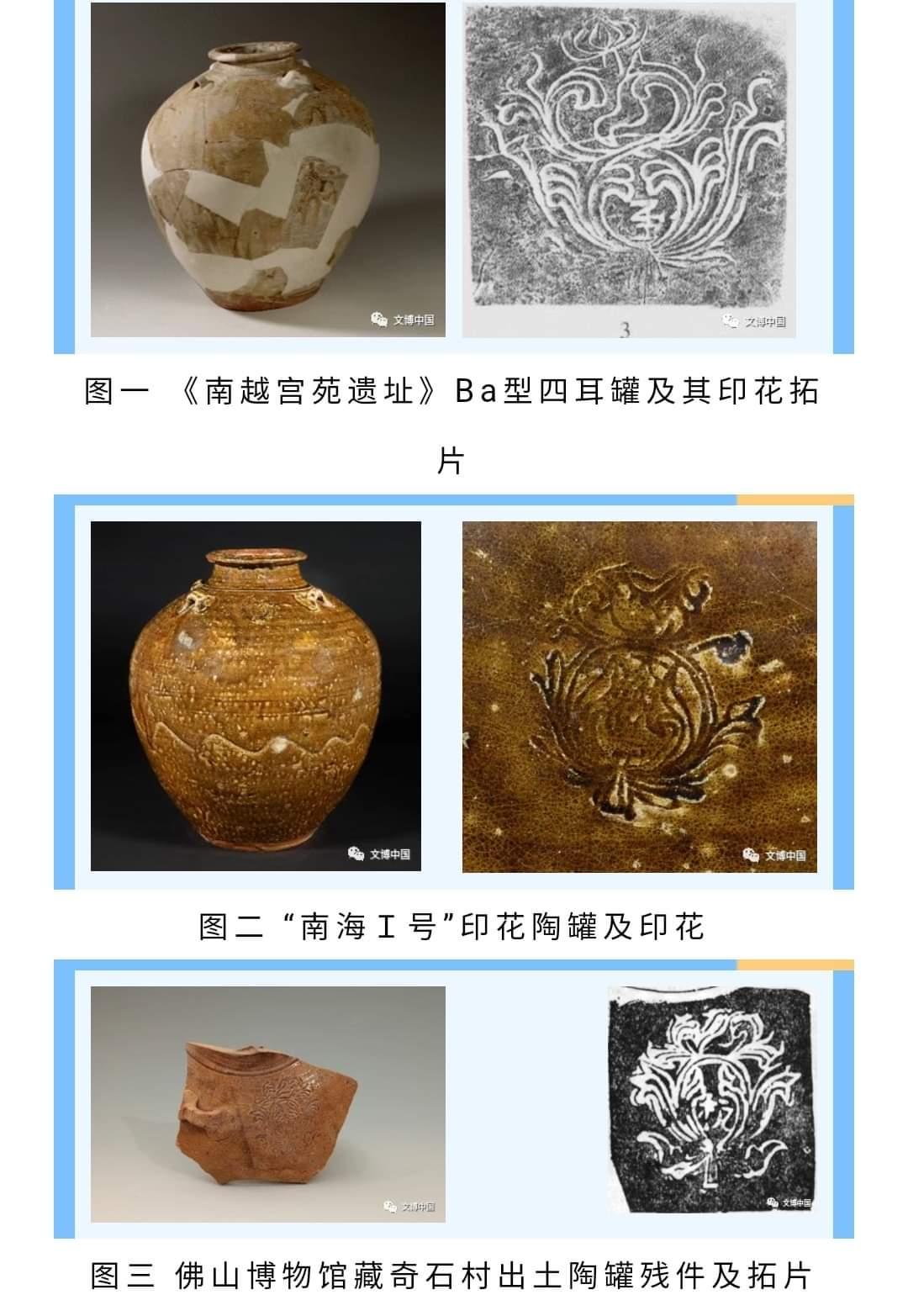 |
| Comparison of stamped floral motif from Nanyue Palace site, Nanhai 1 wreck and Qishi kiln |
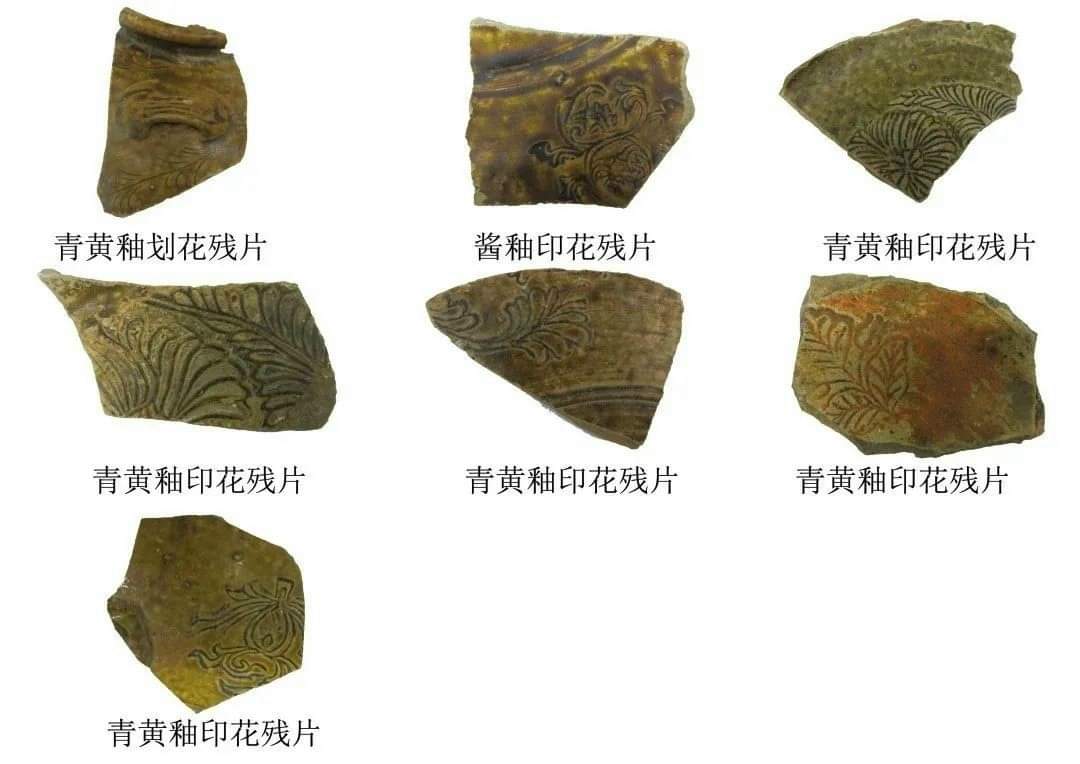 |
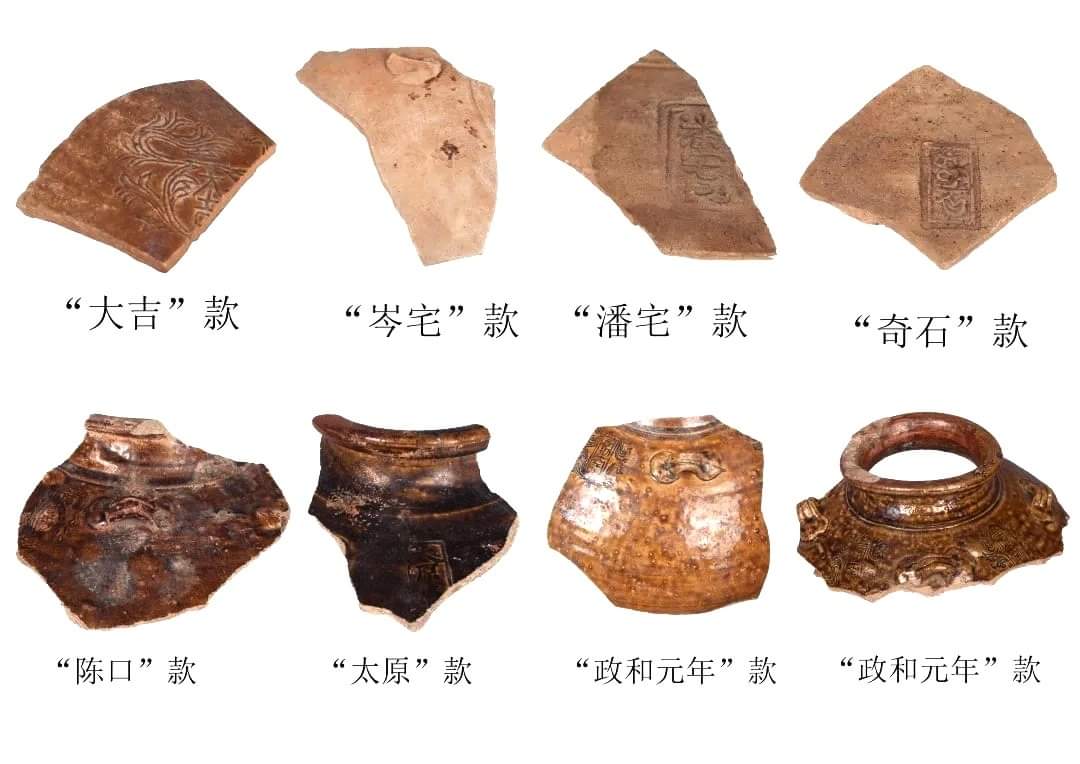 |
| Various stampled motifs on jars from Qishi kiln |
Finds from Other kilns
There are also some rare finds from the wreck such as a Yaozhou kiln bowl with carved foral decoration and a persimmon glaze jarlet from Jiangxi Ganzhou Qilizhen kiln (江西赣州七里镇窑).
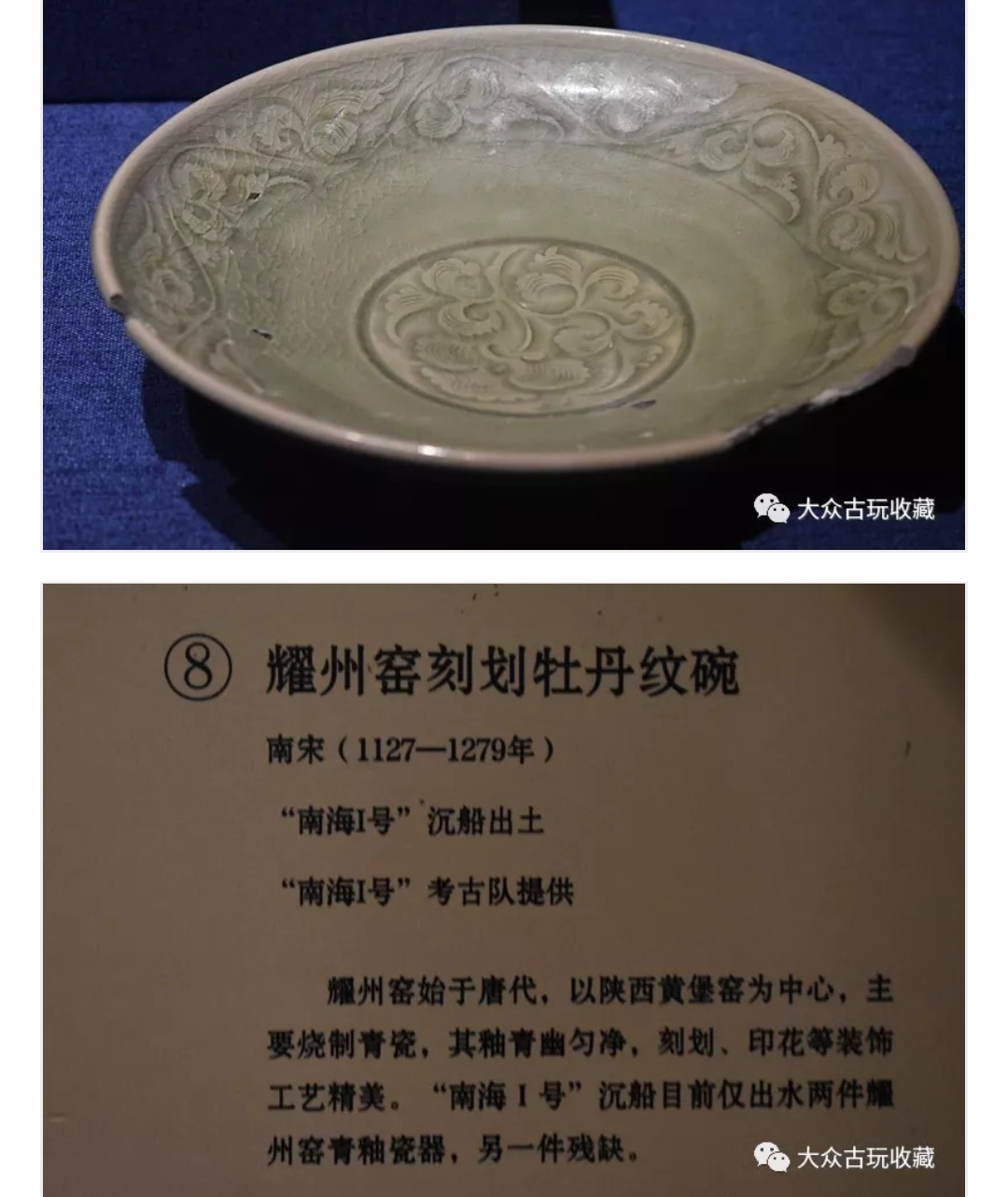 |
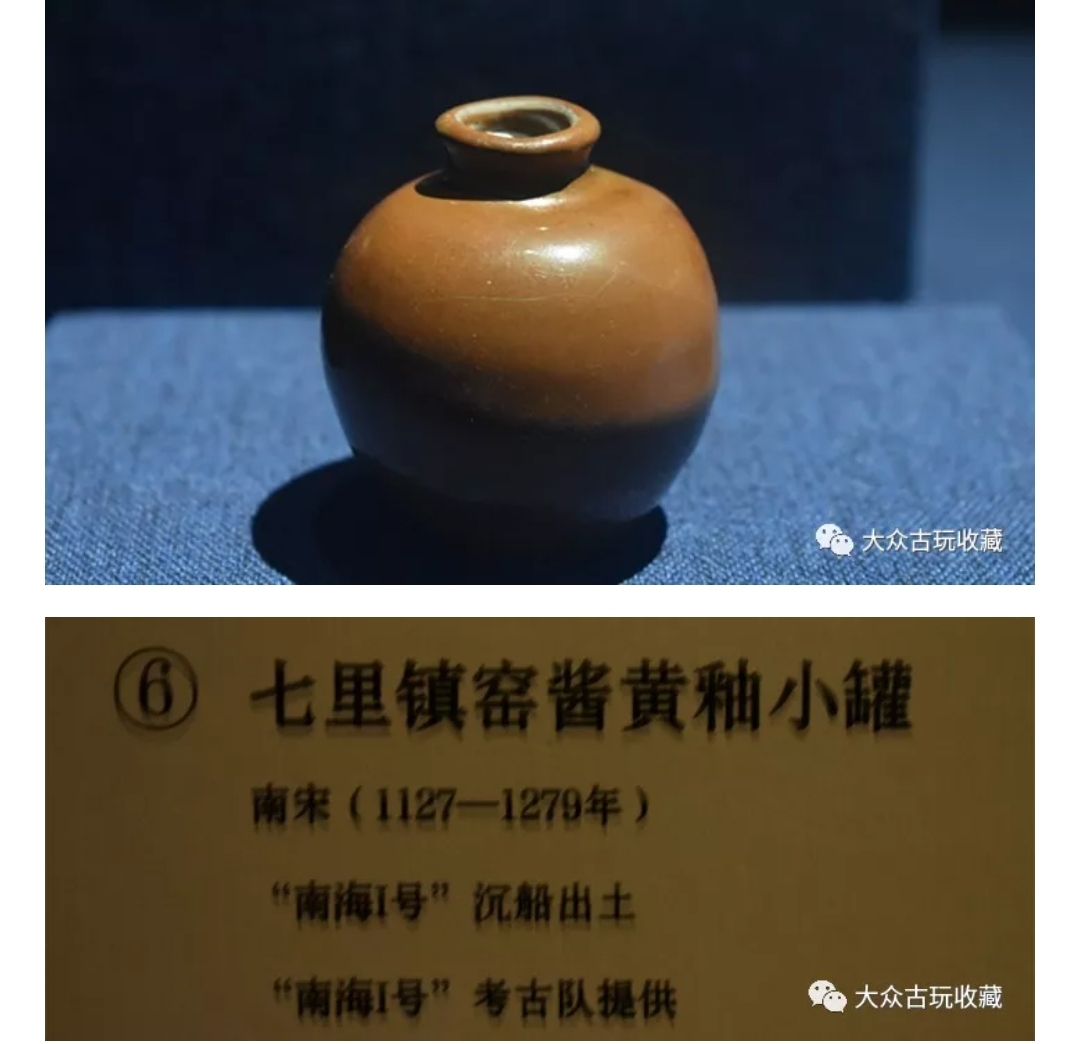 |
Concluding Remark
The Nanhai 1 wreck is an important and precious time capsule which will enhance our understanding of trade during the Southern Song 1150 0 1200 A.D phase. Comparable examples salvaged from this wreck were found in Southeast Asia ancient habitation and burial sites. So far, there were few shipwrecks salvaged that carried comparable cargo. Among them, the most notable included Huaguang jiao 1 wreck, Jepara, Java and Breaker Shoal wreck. The varying range of quality of the wares indicates that it catered both to the rich and common folks.
Written by NK Koh (22 Jun 2012), updated: 10 Dec 2020, 1 Dec 2021, updated 23 Sep 2023